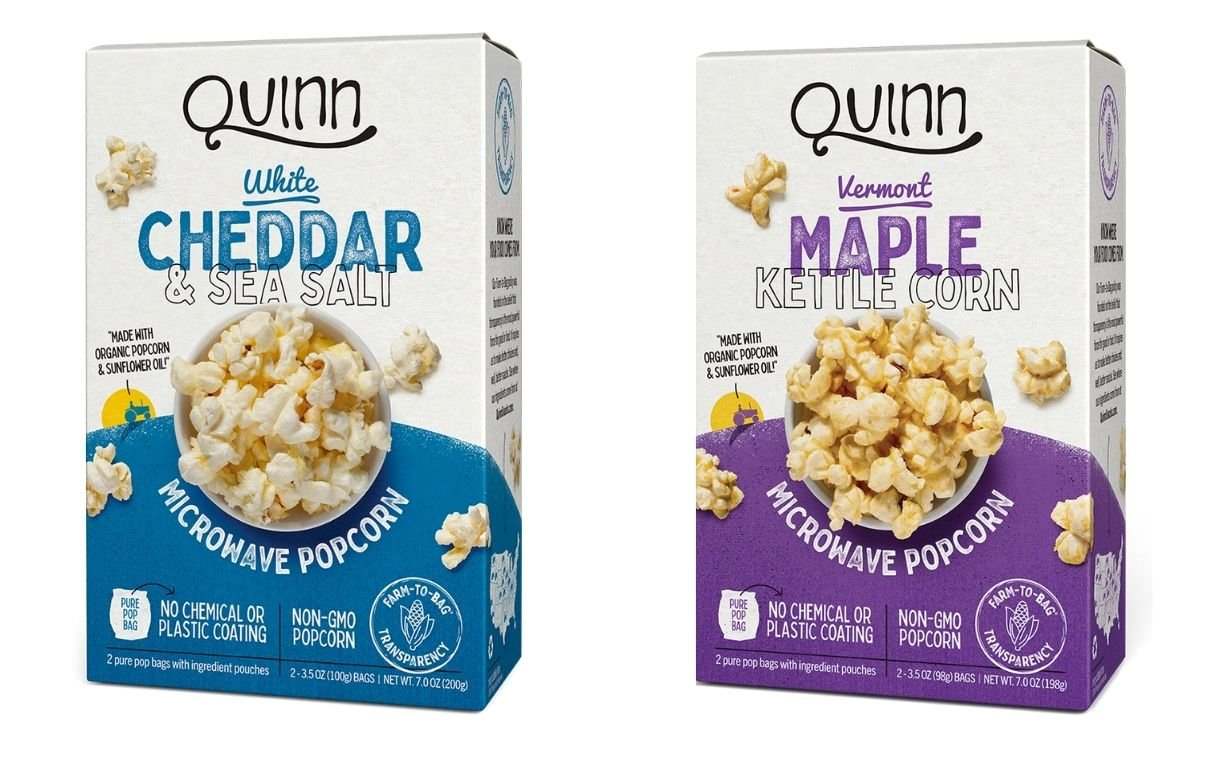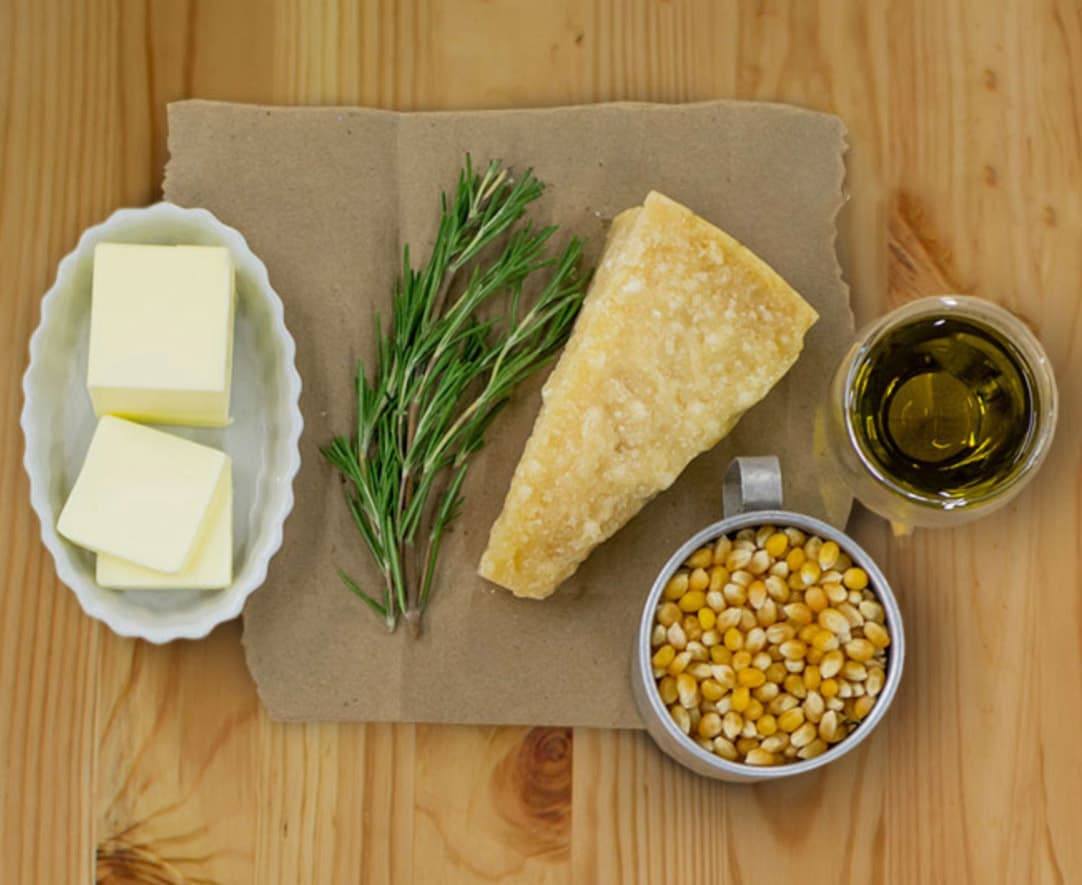From the perspective of market demand and policy orientation, food traceability may be the future trend.
Image source: Quinn official website
According to foreign media Finsmes reported that Quinn, an American snack food company, recently announced the completion of In the D round of financing, the investment amount has not been announced, and the investors include Hershey (NYSE: HSY). Prior to September, it had received US$3 million in financing from BFG Partners and Echo Capital. The company said that the funds will be used to expand distribution channels and product innovation.
Quinn was founded by Kristy Lewis in 2010. It focuses on natural health, puts forward the concept of “Farm-To-Bag” transparent production information, and supports regenerative agriculture.
Lewis believes that transparency is a very powerful part of the food industry. For food companies, it is necessary to let consumers know where the food comes from. Not only because of the obligation to let consumers know, but also because these details may change the production process. Consumers can make better choices by choosing the best ingredients.
Take Quinn’s classic product “Original Microwave Popcorn” as an example. The official website stated that they do not add too many chemicals, and use ingredients that can be traced back to the source to redefine popcorn. There are many different flavors for consumers to choose from, and corresponding to different products, there are also very detailed introductions of production details, raw materials, nutritional ingredients, and usage guidelines. Each ingredient, such as popcorn, sunflower oil, cheese, organic powdered sugar, etc., its supplier, growing place and even the reason for choosing a supplier are described in detail on the official website.
Image source: Quinn official website
The company also claims to use regenerative agriculture to promote traditional agriculture in a positive direction. Regenerative agricultural farming can alleviate climate warming. Good soil Soil health, increase crop yield, etc. However, regeneration certification takes several years and is a difficult and expensive process, which is too costly for agricultural producers. Quinn integrates agricultural products into the company’s supply chain through a series of actions such as research, negotiation, integrated planning, and recycling. For example, in June 2020, at Tucker Farms in Nebraska, Quinn planted 85 acres of sorghum, which will be harvested for crepes.
Quinn claims that revenue this year has increased by 65% year-on-year. At present, Quinn has expanded offline sales channels such as Wal-Mart, Whole Foods Market, Kroger and Wegmans, has more than 7,500 stores in the United States, and has also reached cooperation with online platforms such as Thrive Market, Hungryroot and Imperfect Foods.
Not only foreign countries, but domestic emerging food brands are also launching products that focus on natural and healthy products. At the end of the supply chain, they are more pursuing the quality of product ingredients. For example, Hey Tea built its own organic tea plantation in the fourth year of its establishment, Naixue contracted a strawberry base in Yunnan, and Gu Ming planted perfume lemons in Thailand.
In terms of traceability, some domestic brands have also tried. For example, Guanzhan flower gum claims that from dried flower gum to instant flower gum, the entire production process is traceable. According to Beijing market supervisionThe “Notice on Promoting the Application of Beijing’s Cold Chain Food Traceability Platform” jointly issued by the Administration and Beijing Municipal Bureau of Commerce. Since November 1 this year, the “Beijing Cold Chain Food Traceability Platform” has been officially launched. All links (including food Production, distribution, marketing, and catering) operate imported refrigerated and frozen livestock and aquatic products, all of which are included in the “Beijing Cold Chain” platform.
According to the Beijing Youth Daily, consumers can see the specific information of the products being sold, such as the name of the product, after scanning the source code with a small program in a supermarket , Codes, specifications, country of origin, upstream companies, upstream provinces, etc. From the perspective of market demand and policy orientation, food traceability may be the future trend.

